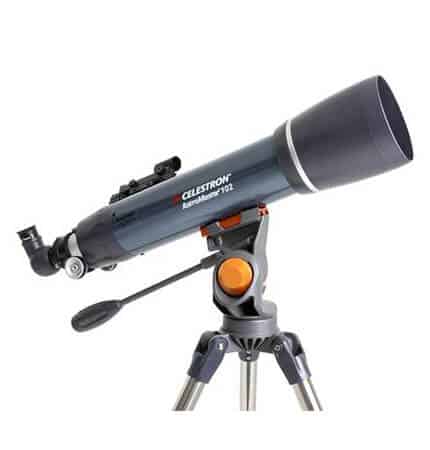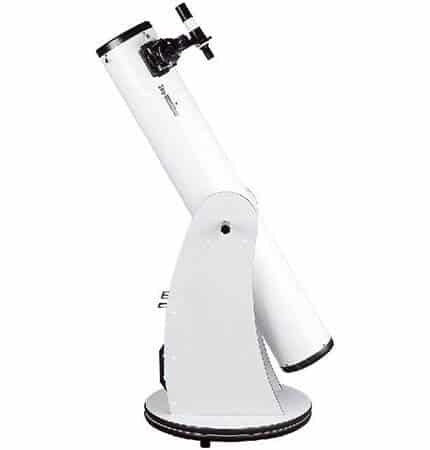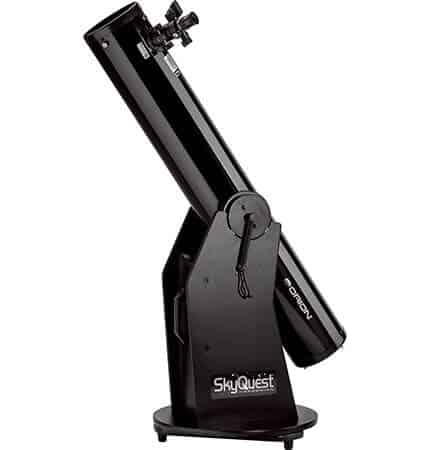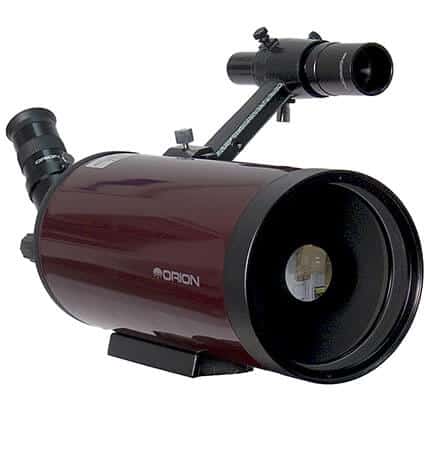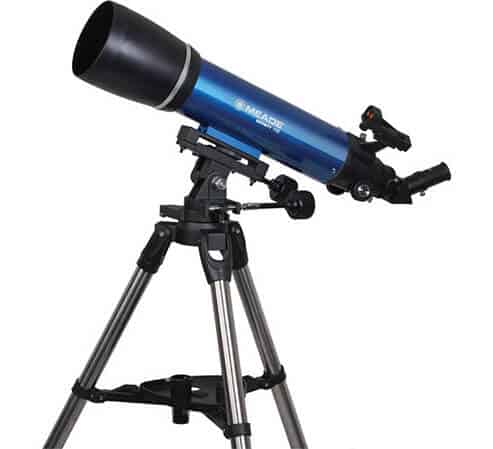Best Telescopes Under $300
ULTIMATE BUYING GUIDE FOR 2020
- Last Updated On:
Introduction
If you’ve been inspired by Astronomers like Carl Sagan and want to explore the endless distances of space, then you’ve probably thought about getting a telescope. Nowadays, you can get amazing tools for exploring the night sky for a very modest price, and the best thing is that they’ll all be far more powerful than anything the fathers of astronomy had!
Are you ready to jump into the world of telescopes? Then keep on reading!
BUYING YOUR FIRST TELESCOPE UNDER 300 USD!
In this article, we will explore the lower end of the telescope market. Particularly for the best telescopes under 300 USD, it is not always easy to get a proper tool and some products are simply not worth the money at all.
But luckily for the beginner astronomers, a few great manufacturers have launched beginner models at affordable prices. These models stand out far above the rest in this price range.
Quick Rundown
THESE ARE OUR TOP PICKS SUMMARISED FOR:
26th April 2024

- Handle control for smooth and accurate pointing
- Adjustable, full height steel tripod

- 1200 mm focal length
- Solid rocker-mount

- Big 6" aperture at an amazing price
- Simple navigation and no need to polar align

- Compact Maksutov-Cassegrain telescope
- Small enough to store on a bookshelf
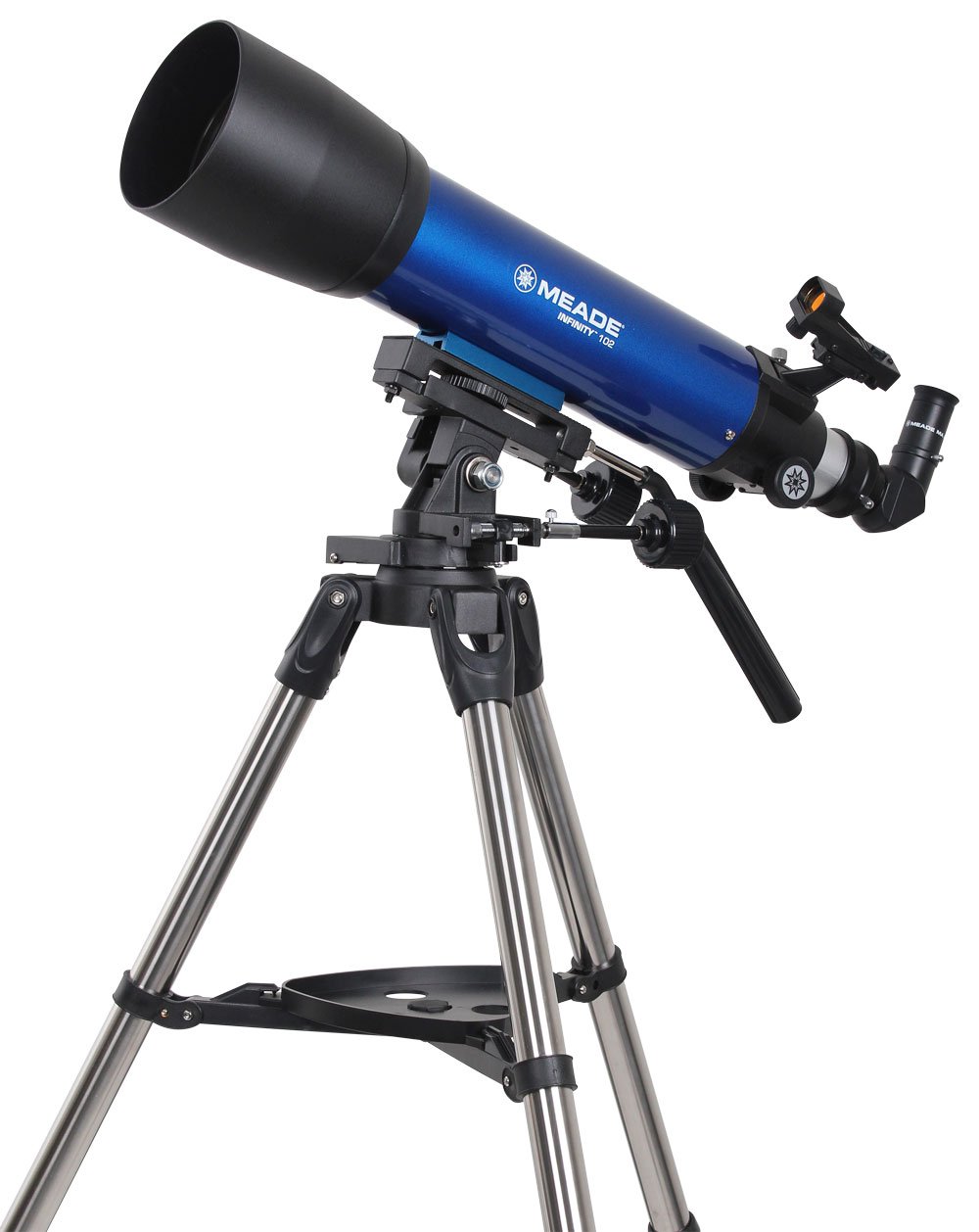
- Includes Astronomical Software
- Red dot viewfinder helps you point
If you are just getting started watching stars, or you want to buy a telescope as a present for your child, you might be better starting out with a cheaper model. You can save up for a better moment later on if you decide to pursue the hobby further.
Even the cheaper models will provide you with the basic knowledge for getting into astronomy and astrophysics, so don’t be afraid of wasting money, because you really are not. If you want to check out some better telescopes and compare their performance with what we have here, then check out our previous article.
Table of Content

APERTURE
102mm
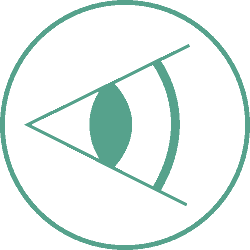
FOCAL LENGTH
660mm

MOTORIZED
No

Mount type
Alt-Azimuth
Overall:
The Celestron Astro Master 102AZ is a reputable telescope by a great company that is worth its value.
This very portable telescope has an aperture value of 102mm (4.0”), a focal length of 660mm (23.6”) and this results in a f/6.5 focal ratio.
Finding Jupiter and Saturn is really easy with this model. The Astro Master 102AZ is praised for its ease of use and durability.
Although we consider it a little bit bulky. , this is generally the best telescope you can get if you are on a budget.
While it doesn’t compare with the 1000 USD dollars telescopesused by more advanced users, it is still very good for a beginner to get down the basics of astronomy.
Specs:
- A Manual altazimuth telescope with panhandle control for smooth and accurate pointing.
- Adjustable, full height steel tripod with a deluxe accessory tray and quick and easy no-tool setup.
- Accessories include a 20mm and 10mm eyepiece, a finderscope, and an erect image diagonal – ideal for both terrestrial and astronomical use.
- Coated all-glass optics for clear, crisp images.
- The Celestron Starry Night Software is included.
- Two 1.25” eyepieces (20mm and 10mm), finderscope, erect image diagonal
- Sturdy, full-height adjustable steel tripod
- Great for close-ups of our solar system
- A little bit on the heavier side

APERTURE
152mm

FOCAL LENGTH
1200mm

MOTORIZED
Nop

Mount type
Dobsonian
Overall:
The S11600 is an entry-level model by Sky-Watcher that can eliminate spherical aberration. This model is bundled with a 2″ focuser with a 1.25″ adapter, allowing the use of either eyepiece size.
The S11600 is a 6″ / 152 mm Aperture with a 1200mm Focal Length, which gives us an f/8 Focal Ratio. The Rack-and-pinion focusers offer a higher weight capacity for larger imaging rigs with DSLR camera bodies and filter wheels.
The SkyWatcher S11600 has received a lot of praise for its ease of assembly and the fact that you can use it to view the Moon, Mars and Venus without any problems.
For anything else that you might need, you can get upgrades such a Shorty 1.25 2X Barlow lens or a 2X 2″ Focal Extender.
If you want to know more about dobsonian telescopes you can check this guide here.
Specs:
- 6” (152 mm) Dobsonian-style Newtonian.
- 1200 mm focal length (f/8).
- 2” single-speed rack-and-pinion focuser with 1.25” adaptor.
- 4-element Plössl 25 mm and 10 mm 1.25” eyepieces.
- Solid rocker-mount with Teflon bearings and tension clutch for altitude.
- Affordable while remaining a good quality entry-level telescope
- Great for viewing and exploring the Solar system
- Easy to assemble
- Requires upgrades for perfect results

APERTURE
150mm

FOCAL LENGTH
1200mm

MOTORIZED
No

Mount type
Dobsonian
Overall:
We have reviewed the Orion SkyQuest series in the past before, although it was for a more expensive model.
We generally think these telescopes are a great series because of their simple design and ease of use.
The XT6 is a great tool for beginners and while the 8-inch model might be more powerful, this one is definitely worth the money.
If you want to compare it to something more expensive, check out our review of the professional Orion SkyQuest XT10i.
While XT6 is a budget version of the same model and while less power, it is more beginner friendly and will be more than enough for a great start.
Specs:
- Best for viewing: Brighter deep sky.
- Best for imaging: Lunar and planetary.
- Optical design: Reflector.
- Optical diameter: 150mm.
- Focal length: 1200mm.
- Focal ratio: f/8.
- Optics type: Parabolic.
- Great Price-Performance Ratio
- Excellent for backyard viewing
- Beginner friendly
- None

APERTURE
203mm

FOCAL LENGTH
1300mm

MOTORIZED
No

Mount type
-
Overall:
The Orion 9823 Apex is a bit different from the rest of our list. First of all, it is a Maksutov-Cassegrain telescope, which means that the optics offer great contrast and very little chromatic aberration, but at the expense of weight.
This Orion model is very small, so despite its weight, it can be transported with ease and kept even on a desk when is not in use. The 25mm lens is good enough for viewing the moon and the skies, but for viewing Jupiter or something similar, we recommend getting additional lenses.
The biggest downside is that this particular model comes without a stand. If you can find a cheap mount or borrow one, you’ll be one step closer to your first budget telescope!
Specs:
- Compact Maksutov-Cassegrain telescope provides great views during day or night.
- 102mm (4″) aperture and 1300mm focal length telescope provides fantastic celestial views of the Moon, planets, and bright deep-sky objects, as well as terrestrial views of wildlife and scenery.
- A telescope small enough to store on a bookshelf but with the power of traditional scopes five times its size!
- Includes a 25mm Sirius Plossl 1.25″ eyepiece, 6×26 correct-image finder scope, 45-degree correct-image diagonal, soft carry case, Starry Night software, and more!
- Does not include tripod or mount – either can be purchased separately
- Great for use during the day
- Portable despite being somewhat heavier for its size
- Very little chromatic aberration considering the low price point
- Comes without a stand

APERTURE
102mm

FOCAL LENGTH
600mm

MOTORIZED
No

Mount type
Alt-Azimuth
Overall:
While the Meade Instruments Infinity 102mm doesn’t come close to the other models on the list, it is definitely the most affordable telescope for beginners.
The telescope comes with 3 different lenses for different magnification power, it can be used for viewing mountains, planets and some of the closer planets.
The quality of images is amazing considering the low price point, so if you want to get into astrophotography, you can try out this model, but you won’t have a lot of objects besides the Moon and our Solar system to work with.
The finderscope is not as good as on more expensive models and the Meade Infinity can perform properly only in a clear nightsky. Consider investing into something more expensive if you can, but don’t go for cheaper models than this one as the quality starts dropping rapidly.
Specs:
- Aperture: 102mm(4″). Focal Length: 600mm. Focal Ratio: f/5.9. Rack-and-Pinion Focuser.
- Altazimuth mount with panhandle and slow motion controls for precision tracking means you can easily track objects day or night.
- Low (26mm), medium (9mm), and high (6.3mm) magnification eyepieces give you variety for any viewing situation & 2x barlow lens doubles the magnifying power of each eyepiece.
- Red dot viewfinder helps you point your scope at objects you want to observe & accessory tray stores accessories while observing.
- Includes Astronomical Software and Instructional DVD
- Great for Beginners
- Friendly Tour mode
- Excellent price point
- Smaller 4000 Celestial Objects Data-Base
Buying Guide
FEATURES OF A GOOD TELESCOPE:
The strengths and weaknesses of a telescope are defined by a few different factors. Understanding how they relate to each other needs a bit of practice, but generally speaking, you want to try to find out the following info about your telescope:
APERTURE:
The ability of the telescope to gather light. The larger the primary optics, i.e. the larger the lens or mirror, the more light is captured.
This is probably the most important feature of a telescope, regardless of its size, price or build type. Because of the way a telescope works, every single inch represents a great difference as the aperture affects all other specifications. The bigger the optics, the better.
FOCAL LENGTH:
The distance that the light that enters the telescope travels from the objective primary optics to the focal plane, i.e. the point where that light reaches focus. The focal length stands in relation to the next important quality of a telescope.
FOCAL RATIO:
This represents the speed of the optics. Fast focal ratios (f/3 to f/5) are used for getting a brighter image with a wider field of view and that is why they are used for observing the deep sky. Slower focal ratios (f/6 and above) are better for observing our solar system (the Moon and the planets that surround us) or planets in general, as well as observing binary stars.
MAGNIFICATION POWER:
This feature is often used as a marketing trick since having a lot of magnifying power doesn’t mean a lot if your telescope lacks other features, especially a high aperture.
Imagine this: zooming in on a lower quality image will not be very helpful and you won’t really be able to see anything any clearer, but zooming in to a high-resolution image can be useful. For beginners, magnification should be one of the last criteria to consider.
Pro Tip: If for any reason any of the important data points are not listed, you can often calculate them:
Don’t know your focal length?
Determine it by multiplying the focal ratio by the aperture. If you have a 6″ (152.4mm) f/5 telescope then 152.4 x 5 = 762mm focal length.
Don’t know your focal ratio? Determine it by dividing the focal length by the aperture. If you have a 762mm focal length and an aperture of 6″ (152.4mm) then 762 / 152.4 = 5 or f/5 focal ratio.
REFRACTORS VS REFLECTORS:
While there are some hybrid models and some very unique telescope models, most telescopes fall under one of two categories: refractor telescopes and reflector telescopes.
REFRACTORS:
Refracting telescopes use lenses to gather light, and those lenses refract, or bend, the light.
Galileo was famous for using refractors and many think that he was the first one to develop the first refracting telescope, while others think he might have gotten the device from regional merchants.
These telescopes sometimes suffer from lens sagging, but only when they get extremely big. The Yerkes 40-inch refractor is the largest refracting telescope in the world.
REFLECTORS:
Reflecting telescopes use mirrors to gather light, and the mirrors reflect the light. Reflectors were developed by Sir Isaac Newton in the 17th century.
Curved mirrors can bend light and make parallel light rays converge to a focus. This focus is directly in the path of the incoming light, so there are several ways of making images from the mirror visible.
WHICH TYPE TO BUY FIRST?
This question is a very broad one and quite difficult to answer without knowing what you want to use the telescope for. For those who are starting from zero, we suggest that you get a small, portable telescope outfit from a well-known brand (Celestron, Sky-watcher, Orion). Generally speaking, reflectors are easier and cheaper to make in large sizes that collect can a lot of light, i.e. have a bigger aperture. Scroll further below to find out about our suggestions!
Conclusion
Now that we’ve gone through our list, let us do a short recap. These 5 models are great beginner tools that will help you get into astronomy, astrophotography and astrophysics, despite not being professional models.
As usual, you get what you pay for most of the time, especially with famous brands. We don’t recommend buying unknown brands because usually, you get little or no guarantee that you’re getting a good product.
Remember to always check out the Aperture, Focal Length and Focal Ratio before deciding what you will buy. Also, remember that not all telescopes come with a stand, so make sure to read the description twice.
If you are interested in astronomy or need more help starting out, make sure to check out some of our other articles, for example, our general telescope introduction guide.
We hope that you’ve found inspiration in our article and that you will enjoy your new hobby.
Happy stargazing!
SUBSCRIBE TO OUR WEEKLY NEWSLETTER
